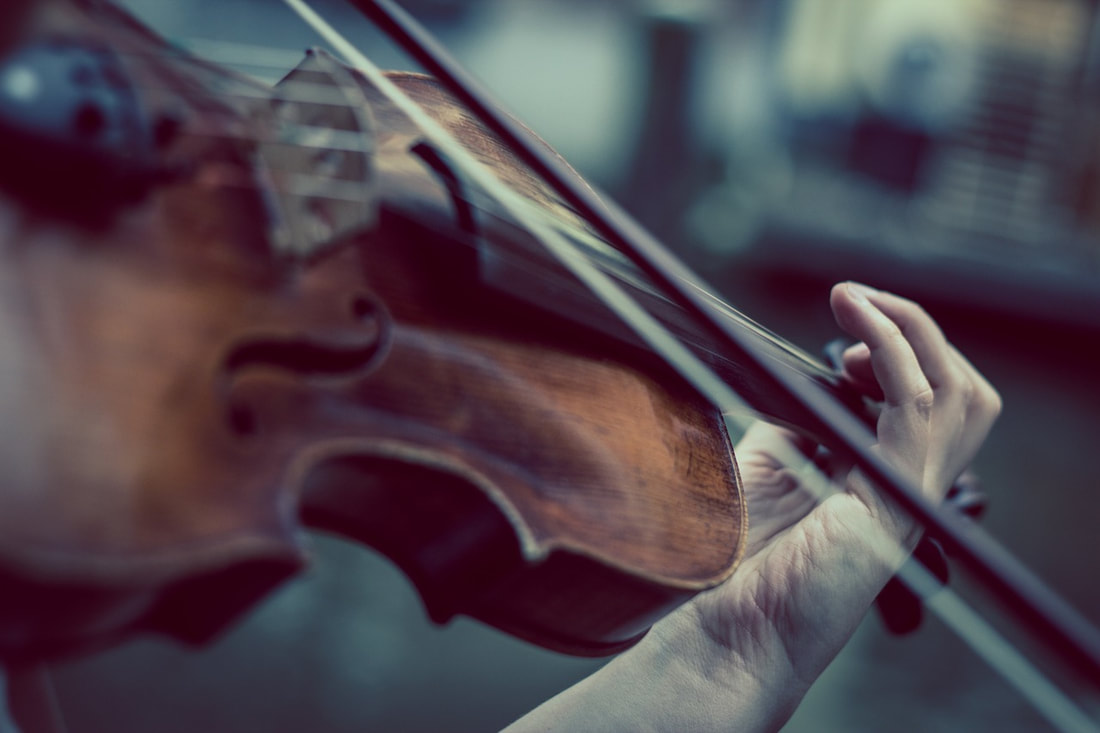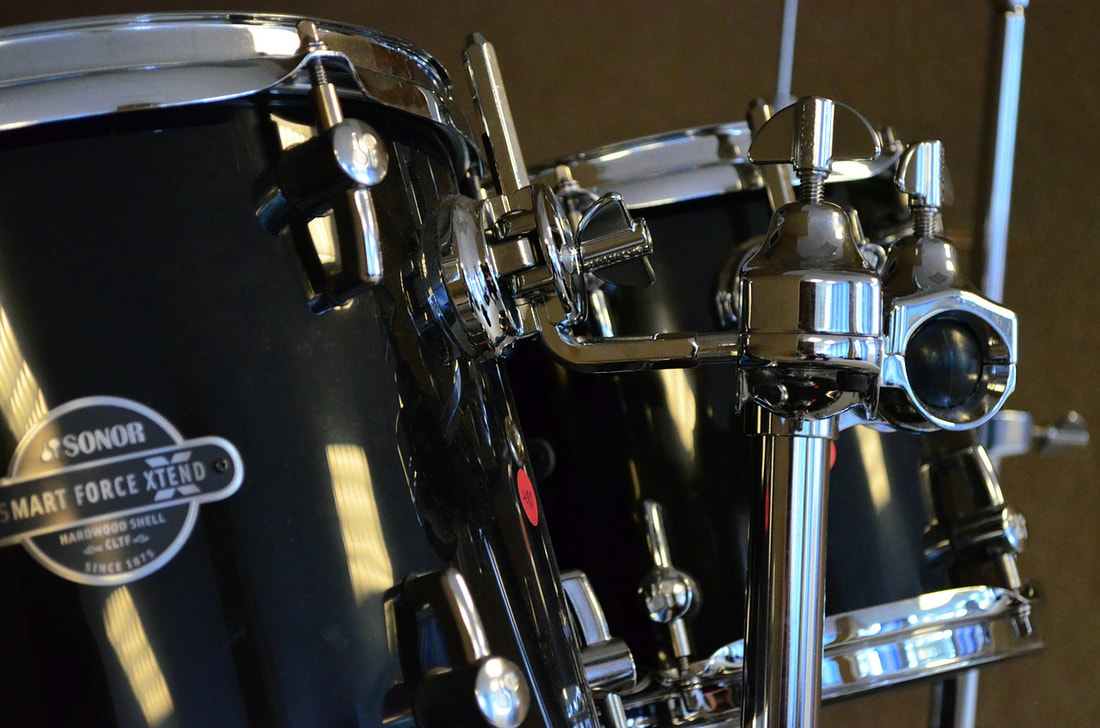|
The National Association for Music Education (NAfME) points out that there is still no one comprehensive training program for music teachers on the best methods of teaching to students with disabilities and other special needs. Special education teachers may also be concerned about finding the most appropriate and memorable ways of bringing music into their classrooms. With that in mind, here are a few notes on using music to expand the classroom experience for students with special needs: 1. Extraordinary benefitsMusic holds an immense untapped potential to transform the lives of young people with special cognitive and emotional needs. It can build motor skills, social skills, and the ability to communicate with others. Using music as a tool can enrich the life of a child with special needs by making him or her more self-aware, more aware of the world, and better able to understand the people in it. It can serve as an easily accessible bridge from a child’s own inner world to the worlds of others. Music therapists point out that setting lessons—in any subject—to music makes the material easier for students to process and retain. Music can serve as a motivational tool and a way of keeping track of time. Teachers may find that where other strategies have failed, music may be the key to facilitating communication with students with special needs, particularly those who are non-verbal. Children with special intellectual or developmental needs sometimes show a gift for music. And, even for students with special needs who don’t show an obvious aptitude for making music, the very presence of music in the classroom can help overall educational progress. 2. A total neurological packageAll areas of the human brain, as well as almost all of the human sense organs, receive stimulation from making or listening to music. This translates into music’s capacity to boost cognitive capacities in significant ways. Because music engages multiple senses at once, it has an instant and powerful effect on both hemispheres of the brain, as well as the entire human nervous system. Finnish investigators have discovered that simply hearing music stimulates broad swaths of neuro networks, including those that govern the creative process and coordinated movement. While playing music of any kind, many parts of the brain receive stimulation: the cerebellum, a range of cortexes involved with sensation and movement, the prefrontal region, and the limbic system and its amygdala, which are responsible for responding to and remembering emotions. 3. Enhancing the musical experienceThere are a number of resources that can even create customized music for special needs students, assisting them in distinguishing the sounds of spoken language or serving as aids to memorization and learning. 4. The power of percussionPercussion instruments can be especially meaningful for students with special needs. Drums, shakers, and similar instruments provide an immediate sound in response to a physical activity, which can help sight-impaired students improve their ability to control their own movements and understand the nature of cause and effect. The ability to touch and feel the shapes and physical textures of a variety of instruments is also beneficial, as is being able to feel the sound vibrations that follow a particular action. 5. A sample rhythm programNAfME’s website offers some tips on how to build a structured approach to teaching the simple concept of rhythm to students with special needs: First, start off by, as a group, clapping students’ names. Because our names are so intimately familiar to us, it is an easy way for those with special needs to connect to a beat and a pattern. This type of exercise is doubly valuable in that it reinforces the memorization of classmates’ names as well. The next step includes using common words and phrases in rhythmic clapping. Words can be topical—tied in with an approaching holiday, for example—or can represent everyday things in students’ worlds. Displaying an image of the word or words is additionally helpful for any students who still may struggle with word recognition. At this point, teachers can put background music into the mix to support classroom rhythm games. At the next level, teachers can incorporate the use of color to teach musical notation. Each type of note value can have its own color; for example, blue can indicate a whole note, green a half note, and so on. A posted picture of a word that represents the musical expression, with the color-coded notes beneath it, can provide extra support as students learn to rely only on the notation. As students become more comfortable with this phase in their learning, the teacher can gradually eliminate the pictures and the color-coding, encouraging students to read the original musical notation without any prompts. 6. Pairing music with visual stimulationVisual cues are also very helpful for students with special needs learning to remember song lyrics. By fixing images of the words they are singing above the lyrics, teachers can support students in their processing and recall of the new information. Often, adding movement to the singing of lyrics can serve as an additional mnemonic. 7. Giving music its due in education plansTeachers of children with special needs should ensure that each student’s individualized education plan includes a place for music instruction—and for the joys of creative self-expression that come along with it.
Comments are closed.
|
Photo used under Creative Commons from Marina K Caprara


 RSS Feed
RSS Feed
